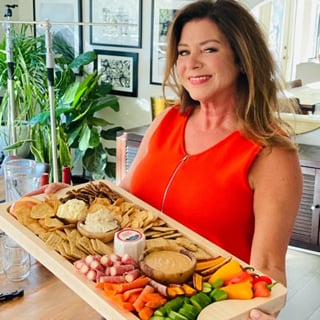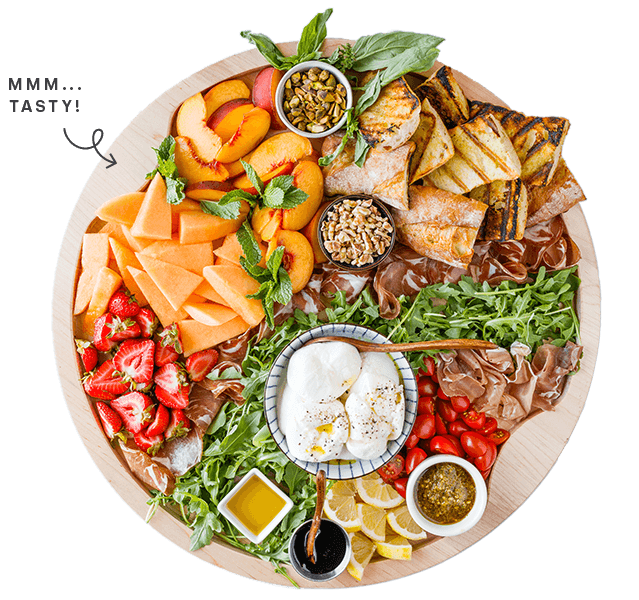Changing the Bee Community

Being lovers of honey in our home, and using it to sweeten my espresso every morning, I was happy to share some “bee” information with my readers today!
The bee populations around the world are declining, but since working with Cascadian Farm, I’ve learned there are people out there willing to do something about it. That is why I’m sharing a short video with you, Bee Friendlier – to raise awareness of the issue and share what people can do to help in changing the bee community.
Here’s some information that I recently learned, that inspired me to get involved.
Changing the bee community.
-Bees are responsible for one in every three bites of food we eat, but their populations are in decline, threatening the food supply as we know it today. Thus, the reason for preservation efforts.
-Recently, Cascadian Farm came up with a plan to plant 1 million wildflowers – a feeding ground for bees – across farmland in California, dropping gumball-size pellets (a combination of wildflower seeds, clay, and compost). Think of how the bee community would change if we’d all do this …
-Commercial beekeepers usually lose about 5 percent of their bees annually, but in the last eight years that has jumped to an average of nearly 30 percent (per U.S. Department of Agriculture).
-The loss of farmland devoted to flowering plants is among the many theories behind the increase in bee deaths, also called colony collapse disorder (CCD), though the exact cause of CCD is still not understood.
-Marla Spivak, an entomologist with the University of Minnesota Bee Lab, gave a TED Talk in 2013, saying that there are “multiple, interacting causes of death” for bees. Among them: parasites, pesticides, flowerless landscapes and monocultures. She also urged people to plant wildflowers.
How to help.
Cascadian Farm’s campaign is not about highlighting a cause of the problem, but about pointing out a way to address it. If everyone planted wildflowers, we could all be a part of making a significant difference!
Watch the video.
Watch the video to see what inspires you!
Bee Friendlier video, here.
Share your garden.
I also love that you can share your garden, what you are planting to help save the bees, by posting it on Twitter or Instagram, using the hashtag #BeeFriendlier. You might see your contribution in their gallery! Cool!
I know for our family, and our next planting season, we’ll be planting wildflowers. Will you?
We love honey way too much in our home to not have these little guys buzzing around. :)
For more information about Bee-Friendlier, please visit: www.bee-friendlier.com. Also, make sure to follow Cascadian Farm on Twitter, Facebook, and Instagram. Thanks, friends! This post is sponsored by Cascadian Farm, but as always, all opinions are my own!





I live in MN, my husband and I decided a few years ago to become bee keepers. We have 5 acres. We keep 2 hives here and have others in 2 different locations. It is so very interesting, I learn something new every year. Honey is good for so many things! We are just small hobbiests at this point, but are happy to do what we can to increase the bee population.
Living out here where we do, we’re very aware of the bee population decline – we rely on them to have a good garden! We are working some local bee keepers to have some hives on our land next year and I can’t wait – we will even get some free [very] local honey from the deal.
I completely agree. We moved to a farm about five months ago and I plan on spreading wild flower seeds everywhere I can. I LOVE raw local honey and would like to have my own bee hives (we have a small orchard) some day. Before I can do that I need to have an inviting environment for the bees. Thanks for spreading the word about the problem.
Very cool! I’ll have to watch the video!
Sandy,
I love honey too. I’ve been hearing about the bee problem for a few years now and I’m so glad to see you getting the word out. Hopefully the trend can be reversed.
Annamaria